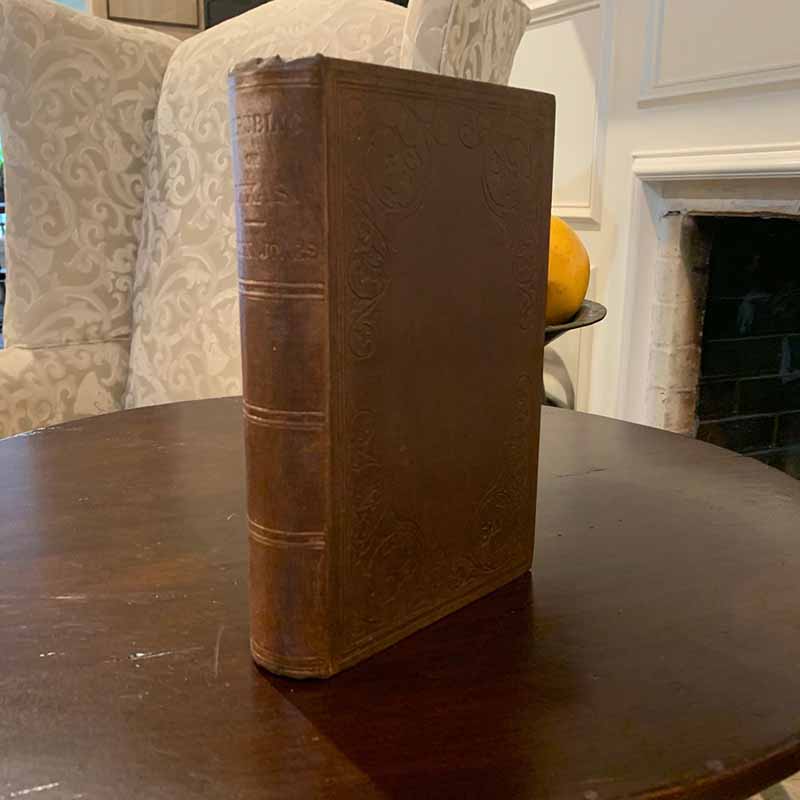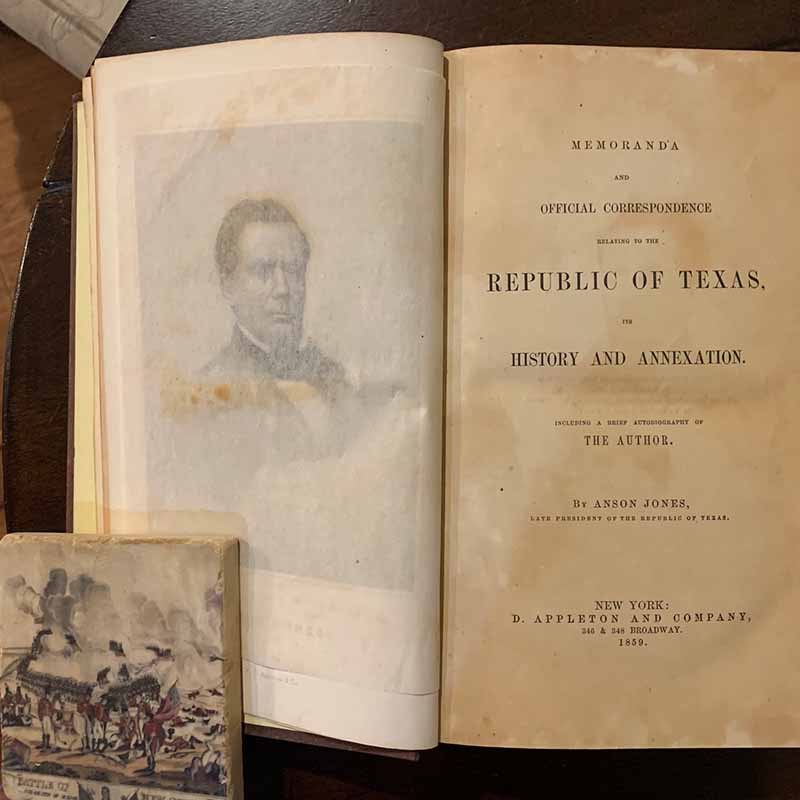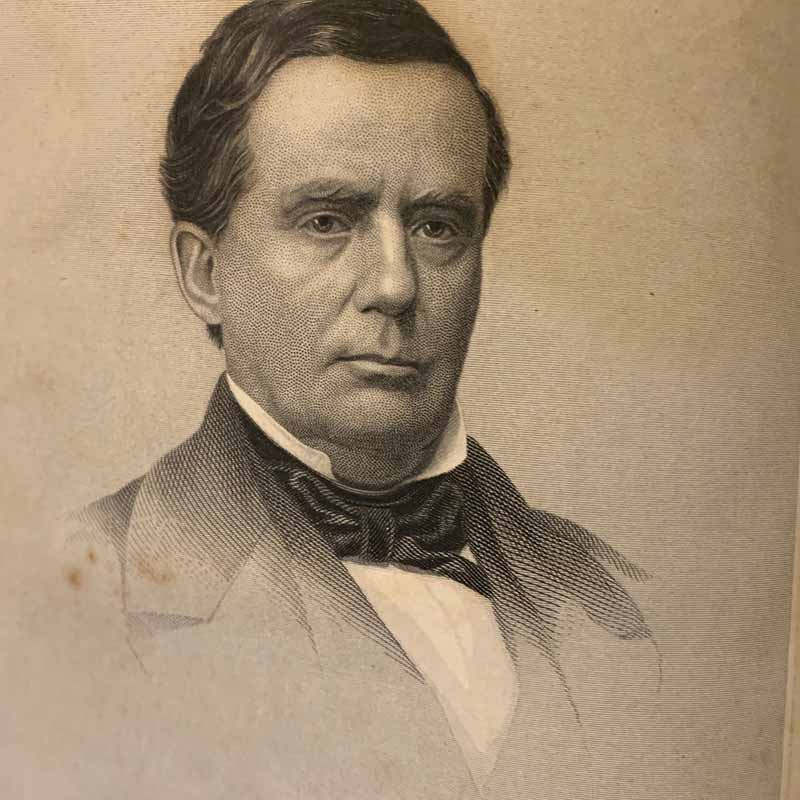Texana Classics 5
Books That Matter in Editions That Inspire
Anson Jones.
Memoranda and Official Correspondence Relating to the Republic of Texas, Its History and Annexation, including a Brief Autobiography of the Author.
New York: D. Appleton & Co., 346 & 358 Broadway, 1859. 648 pp. Portrait. 24 cm. Cloth.
I recently acquired a first edition of this indispensable work. I am ecstatic to add it to my collection.
Here’s why.
Of the three elected presidents of the Republic of Texas, Anson Jones, the “Architect of Annexation,” was the only one to leave behind anything approaching a formal autobiography. Yet, this volume is much more than that. Professor George P. Garrison appreciated the volume’s “special value for the light it throws on the inner history of the time—the personal relations of prominent men of the republic, and especially those between Jones and Houston.” Ray Allen Billington lauded it as, “one of the fullest accounts of the early history of Texas and an essential source of information on its republican period and annexation.”
Historians acknowledge that Dr. Jones was among the most influential Texians of his time. Arriving in Mexican Texas in 1833, he became active in political affairs. During the Revolution, he employed his medical skills as a surgeon in Sam Houston’s army. By the time of San Jacinto, he was acting as judge advocate. During the Republic period, he served as Houston’s Secretary of State and, of course, the last President of Texas.
As I wrote in LUST FOR GLORY: “But when he completed his presidential term, the people of Texas discounted him. In the words of his biographer, ‘for twelve years Jones brooded over his neglect [and] became increasingly moody and introspective.’ Disregarded an unappreciated, Jones viewed himself as a failure. Following Thomas Jefferson Rusk’s 1857 suicide, he had reason to hope that the state legislature might at last designate him U.S. Senator. He received not a single vote. This final indignity was more than he could bear; on January 9, 1858, he passed a bullet through his brain. He had once written, ‘I trust truth will ultimately prevail & posterity judge me correctly.’ In his last moments, Jones determined it had not and probably never would.”
During his “moody” period in the 1850s, Jones prepared the lengthy manuscript. This perhaps explains its dark, bitter, and vindictive tone. Clearly, these are the thoughts and feelings of a deeply disappointed man.
The first edition has an especially twisted publishing history. In his seminal BASIC TEXAS BOOKS, John H. Jenkins traced its long and winding path:
“Like Mirabeau B. Lamar, Anson Jones carefully collected and preserved his papers with the intention of writing a history of the Republic of Texas. During the decade of his despair, he worked regularly on the project, and deposited the manuscript with his banker a few days before taking his life. His wife Mary, aided by Ashbel Smith and Ebenezer Allen, sought to have the massive manuscript published. Smith took it to New York to Appleton, who agreed to print a thousand copies for $600.00. After many delays, and the threat of a lawsuit, Appleton finally in late 1861 sent the books, along with a bill for $1,755.50. On the advice of Smith and Allen, Mrs. Jones refused to accept the books, and they were left in a warehouse in Galveston. She later wrote, ‘I have learned that the boxes or some of them were broken open during the war and books taken by anyone who felt curious enough to read them.’”
It was not until 1929, that bookman Herbert Fletcher located the shattered crates and bought the surviving 585 copies. He paid less than a dollar for each. Thereafter, Fletcher managed to turn a considerable profit on the remaining volumes. With the proceeds, he established himself in the rare book and publishing business. With all justice, he called it the Anson Jones Press.
It was a minor miracle that any of those 585 copies survived. Imagine—abandoned in an un-air-conditioned warehouse for sixty-seven years—sitting there amid the looters, humidity, wharf rats, and cockroaches.
What an astounding journey one of them has taken to land in my library!




